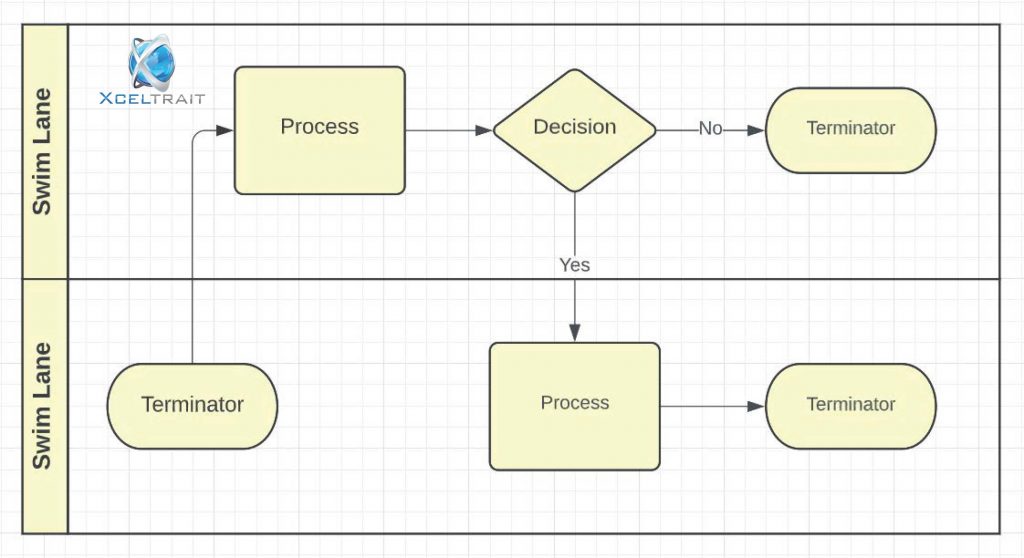
Automate business processes using natural language — the Flow Designer tool in ServiceNow provides this capability. Why is this functionality so popular among process users?
For a start, Flow Designer enables organizations to automate every process within a single design environment. Without writing any complex code, users can use the natural language capability of this tool to automate task assignments and work approvals and send notifications. Additionally, Flow Designer is easy to integrate and communicate with third-party systems through its Integration Hub.
In the ServiceNow environment, the Flow Designer can easily automate repetitive tasks and empower non-technical users to maintain them. It’s a better alternative to the previous Workflow Editor tool that required users to write code based on the complexity of the workflow.
Here’s everything you need to know about Flow Designer functionality in ServiceNow.
Components of the Flow Designer
To improve its usability, the Flow Designer comprises multiple environments, each with their user interface. This makes it easier to manage the components contained within Flow Designer. Let’s discuss the four main components of the Flow Designer:
1. Flow
A flow is primarily an automated process that comprises a trigger and a sequence of actions. This component enables users to automate business logic for a particular process or application. As an example, the “Visual Task Board (VTB) Sample flow” creates and then assigns the VTB card for every Priority 1 incident.
To create and manage a flow, users must be familiar with the “Now Platform” tables and fields used by the application or process. Process analysts can either create a flow from scratch or copy from the existing flows (as a template). The Flow component is best suited to automate processes (with repetitive tasks) instead of those with a single-use activity.
2. Subflow
A subflow is a flow without any trigger. Subflows are a sequence of reusable activities and data inputs & outputs. Typically, a subflow runs within a flow or another subflow, or a script. Like flows, users must be familiar with the “Now Platform” tables and fields to manage a subflow. Similarly, process analysts can create a subflow using the available actions or by using an existing subflow as a template.
3. Action
An action is a reusable component of Flow Designer that is much smaller than a flow & subflow and has a single and specific outcome. As an example, the “Create Record” action can generate a record in a table with specific values whenever its specified conditions are satisfied.
For convenience, the Flow Designer has pre-built actions for creating or searching records and for generating approvals. Spokes are groups of actions (within an application) that are based according to intended use or function. Additionally, process analysts can create their actions based on a specific use case.
4. Action Step
An action step is a reusable component within an action. As an example, the “Create Record” enables designers to specify the table and field values when creating a record. To use action steps, designers must be familiar with the concepts of application tables, fields, and business logic.
Next, let’s discuss the business benefits of using Flow Designer.
Benefits of the Flow Designer
As elucidated above, the Flow Designer tool in ServiceNow can respond to natural language to run an automated sequence of actions. Simply put, this tool simplifies the process of business automation.
Here are some of its main benefits:
- An Improvement Over Workflow Tools
Most workflow tools require the expertise of a developer to write advanced code for complex scenarios. The Flow designer is user-friendly and does not require any technical knowledge. Compared to workflow tools, it requires less scripting and is, thus, easy to understand for non-technical users.
- Reusability
Organizations often end up with a large repository of scripts that primarily serve similar functions. With the Flow designer, developers can use reusable action logics that enable reusability and serve as building blocks for the Flow logic.
- Business Process Automation
The Flow Designer facilitates business process automation (BPA) by enabling developers to create and share spokes with their flow designers.
- Cost Efficiency
Through the reusable action functionality, organizations can reduce their overall development costs. Additionally, they can reduce their upgrade costs by replacing complex scripts with the “Now Platform” logic.
- Seamless Integration
By using the built-in components of the Flow Designer, ServiceNow can now automate custom integrations with other tools. Another benefit is that you can extend the Flow Designer content to seamlessly integrate business processes with external systems.
Conclusion
To summarize, Flow Designer is among the best tools for building complex functionality without writing a single line of code. This tool is highly recommended for automating redundant activities, thus saving both time and effort for users.
As a recognized ServiceNow partner, Xceltrait offers its clients the benefits of its expertise in ServiceNow CSM and FSO. With our profound technical know-how, we enable organizations to adopt a “digital-first” approach to business transformation.
Learn more about how to leverage your investment in the ServiceNow solution. Get in touch with our technology specialists today!


